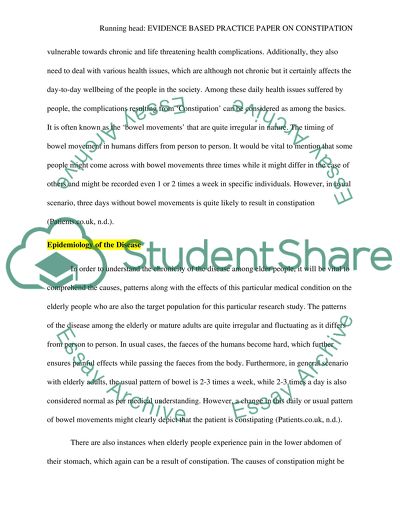Cite this document
(“Evidence Based Practice Paper on Constipation Research”, n.d.)
Evidence Based Practice Paper on Constipation Research. Retrieved from https://studentshare.org/nursing/1629315-evidence-based-practice-paper-on-constipation
Evidence Based Practice Paper on Constipation Research. Retrieved from https://studentshare.org/nursing/1629315-evidence-based-practice-paper-on-constipation
(Evidence Based Practice Paper on Constipation Research)
Evidence Based Practice Paper on Constipation Research. https://studentshare.org/nursing/1629315-evidence-based-practice-paper-on-constipation.
Evidence Based Practice Paper on Constipation Research. https://studentshare.org/nursing/1629315-evidence-based-practice-paper-on-constipation.
“Evidence Based Practice Paper on Constipation Research”, n.d. https://studentshare.org/nursing/1629315-evidence-based-practice-paper-on-constipation.


